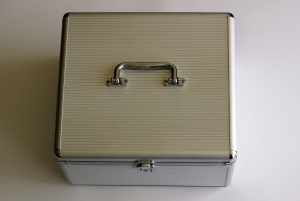How To Vacate A Default Judgement In New York: Start At The Beginning
 How to vacate a default judgement in New York is something every potential litigant should know. It is a topic filled with cautionary tales of second chances, heartache and redemption, as we have talked about in the past. It also demonstrates the importance of thinking outside the box when you try to solve an otherwise intractable problem.
How to vacate a default judgement in New York is something every potential litigant should know. It is a topic filled with cautionary tales of second chances, heartache and redemption, as we have talked about in the past. It also demonstrates the importance of thinking outside the box when you try to solve an otherwise intractable problem.
Normally, when a Defendant comes to you for help vacating a default, he is in a state of panic; the only question is how much. Bad things can happen if the default stands; a defendant might have to pay a judgement on a claim that it could have been able to defeat on the merits. There are ways to ameliorate the damage; but the best course is to avoid a default if possible.
Sometimes, the best way to fix a problem is to view it with an open mind and approach it without any preconceived notions. Sometimes the best way to change the end result is to go back to the beginning. Vacating a default judgement is no different. Sometimes the best way to vacate a default judgement is to determine when exactly the Defendant’s deadline to answer was, and determine how much he missed it by, if he really missed it at all.
When someone, whether a business or a person, is sued, when does it have to answer the complaint or take some other sort of action to make sure it can defend itself, in court, on the merits? In New York, the answer is, as most answers seem to be, dependent on the circumstances: the method of service or how the Defendant receives the summons and complaint; the court in which it is sued; where the Defendant is when it receives the service of process; and how many copies of the summons and complaint it ultimately receives. Maybe the most surprising of all is that in New York, a Defendant’s deadline to answer can depend upon what the Plaintiff does after it serves the summons and complaint on the Defendant.
Continue reading
 New York Business Lawyer Blog
New York Business Lawyer Blog

